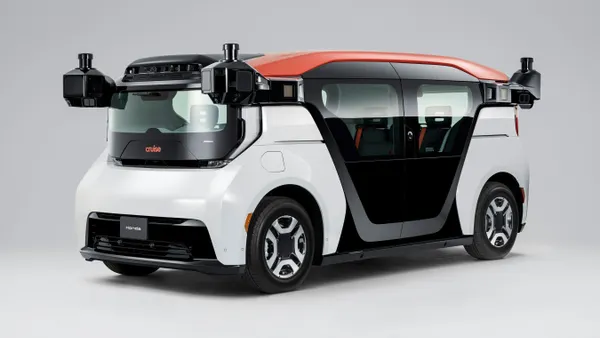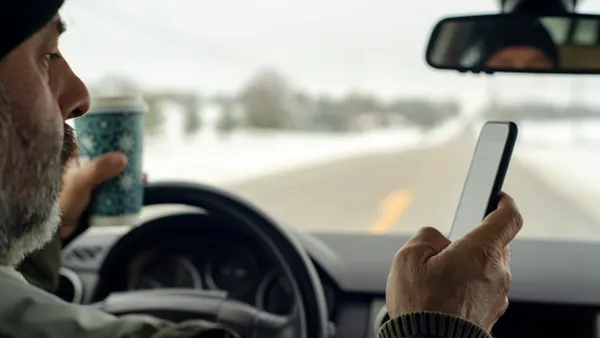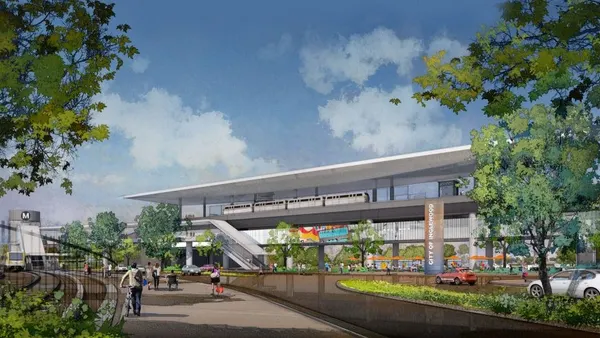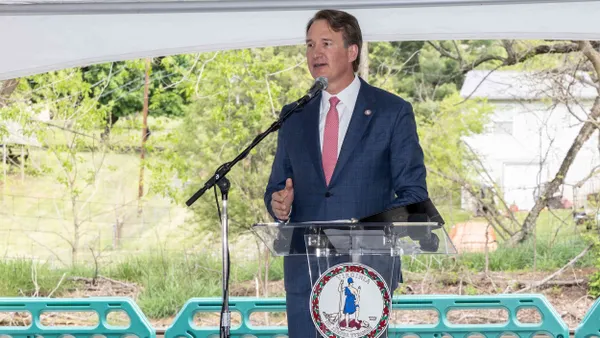Dive Brief:
- Lyft announced it is now the exclusive ride-share partner for Florida's Brightline inter-city rail system, with special services to kick off this weekend when Brightline begins serving the Miami community.
- At all three of Brightline's stations (Miami, West Palm Beach and Fort Lauderdale), Lyft will offer pick-up and drop-off "lounge" areas, wayfinding communications and a designated area for drivers to wait for new rides. Lyft will also offer discounted rides to and from any of the stations this weekend to kick off the partnership.
- In the coming weeks, Brightline's app will integrate Lyft services so passengers can see fare and wait time information before reaching a stop.
Dive Insight:
The partnership is another attempt from Lyft to solve the "first mile, last mile" problem, in which people live more than a comfortable walking distance from the nearest transit stop. That problem could be especially exacerbated with a service like Brightline, which connects three major Florida cities (with this weekend’s Miami expansion), but only has one station in each city.
After some initial trepidation about whether services like Uber and Lyft would steal away riders, transit agencies have started teaming up with the upstarts. A 2016 study by the American Public Transportation Association (APTA) found more frequent ride-share users were also more likely to use public transit, and that the services often worked as complements, rather than competitors. Ride-share use spiked between 10 pm and 4 am on weekends, times when transit services are often not running, according to APTA.
Phoenix last year began offering discounts for Lyft riders who took the service to and from bus stops, part of a trend of cities incentivizing the coexistence of transit and ride-sharing. Having both services flourish reduces the need for people to have a car, and the associated infrastructure and pollution from heavy car ownership. The partnership with Brightline also offers a publicity boost for the new train service, easing potential new riders’ concerns about station access.










